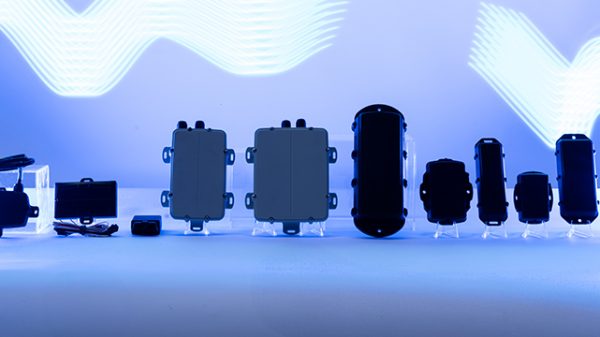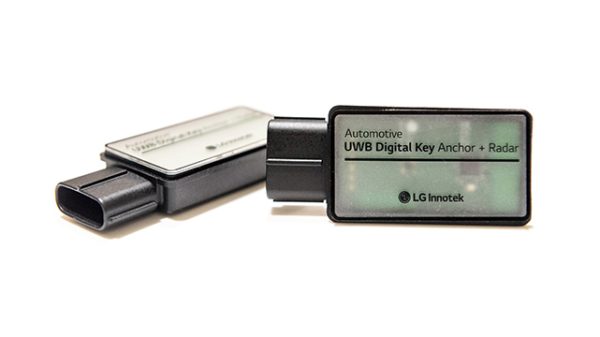What’s the smartest way to build a connected product without wasting time on the wrong tech? Choosing the best programming language for IoT can make or break the entire development process. Hardware limits, real-time processing, and platform compatibility all play a role, and early decisions shape everything that follows.
The article breaks down the most startup-friendly programming languages for IoT, showing where each one fits best
You’ll get real-world examples, key pros and cons, and a clear guide to match languages with business goals, product needs, and available talent. By the end, it’ll be easier to move fast, build smart, and skip costly mistakes.
Why your programming language choice matters
The language you choose shapes how fast your product gets built, how well it performs, and how easy it is to scale. It also sets the stage for building a solid iot software development team that can move fast and adapt as the product grows. Make the right call early, and you save time, money, and future headaches.
Device size, power, and speed limits
Most IoT devices run on tight hardware. Small memory, low power, limited processing. Languages like C or C++ give you control and help squeeze the most out of that setup. Python or JavaScript are easier to work with, but they ask for more resources, something smaller devices often can’t give.
Communication and integration needs
Your device has to send data, connect to the cloud, or work with other systems. That only works if your language supports the right protocols and tools. Python and JavaScript come with strong libraries that make integration smoother. Without those, even basic features can slow you down.
Future updates and product scaling
Your product will change. You’ll add features, fix bugs, or roll out updates. Languages like Java and Python help with that—there’s strong community support and plenty of tools. Smaller or outdated languages can hold you back when it’s time to grow.
Developer availability and cost
Popular languages make it easier to find the right people. You get access to a bigger talent pool, faster onboarding, and fewer delays. Rare languages can drive up costs and slow down hiring—something no startup needs to move fast.
Best languages for IoT startups and SMBs
If you’re choosing a language for your IoT product, start with your team’s skills and the kind of device you plan to build. Here are a few options worth considering—each with its own strengths depending on what you’re aiming to create. Whether you need fast prototyping or low-level control, there’s a language that fits.
Python – Easy to use and flexible
If your team wants to build fast and keep things simple, Python is a solid choice. It works well on devices like Raspberry Pi and supports tools for automation, data tracking, and AI. You can also pair it with reliable back end development services when your product needs to connect to the cloud. Good for smart sensors, home gadgets, and early-stage prototypes.
C and C++ – Best for hardware-level control
When your device runs on limited power or memory, C or C++ can help. These languages give you tighter control over performance and are commonly used in wearables, fitness trackers, or any product built on microcontrollers like Arduino.
JavaScript – Great for web-connected devices
If your product connects to a web app or browser-based dashboard, JavaScript could be a good pick. With Node.js, it’s possible to handle both front end and back end using one language. Ideal for smart appliances or real-time trackers.
Java – Reliable and widely supported
Java may be a better option if your product runs on Android or needs long-term support. Many logistics tools, scanners, and monitoring systems use it for stability across different platforms.
Go and Rust – Fast and modern for complex tasks
For more advanced projects—like edge devices, factory tools, or drones—Go or Rust might be worth exploring. They offer speed and reliability, but your team may need more time to get comfortable with them if they haven’t used these languages before.
Real use cases: language picks by product type
The right language depends on what your product actually does. A fitness tracker has different needs than a warehouse scanner or smart light switch. Below are common IoT use cases with language picks that work well based on real project needs.
Smart home devices → JavaScript, Python
For products like smart plugs, thermostats, or voice-controlled lights, JavaScript helps build real-time dashboards and user interfaces. It’s a good match if your product connects to a web or mobile app. Python handles device logic, automation, and cloud communication—ideal for setups using platforms like Home Assistant or AWS IoT.
Wearables and health trackers → Swift, C
Wearables need to stay lightweight and power-efficient. C gives direct control over battery use and performance—great for fitness bands or sleep monitors. If you’re building for iOS, Swift simplifies integration with iPhone or Apple Watch apps and guarantees smoother sync.
Factory and warehouse tools → C++, Rust
Industrial tools like barcode scanners, sensors, and robotic arms need fast, stable code. C++ offers strong hardware control for real-time operations. Rust adds memory safety, which helps avoid crashes in systems that run 24/7.
Environmental and farming tech → Go, C++
Farming and outdoor tech often runs in remote areas with limited power. Go handles multiple data streams—like temperature, soil moisture, and light exposure—without much overhead. C++ works well for energy-efficient, long-range sensor devices powered by solar or batteries.
What to cover before you build your IoT product
To launch your IoT product, start with the basics—set clear goals, choose the right tools, and follow a plan your team can use from day one. A clear roadmap also makes hiring IoT developers easier, helping new team members get up to speed faster and stay aligned throughout the build.
Step 1: Define what your device must do
Concentrate on the problem your product solves. Does it track data, send alerts, or trigger a response? A smart air quality monitor, for example, measures CO₂, shows real-time results, and sends alerts when levels rise. A clear goal helps your team stay on track.
Step 2: Pick the right hardware and sensors
Match hardware to the task. Use Raspberry Pi for testing and feature-rich prototypes. Choose ESP32, a Wi-Fi/Bluetooth-ready microcontroller, or STM32, an energy-efficient ARM-based chip, for compact, battery-powered devices. Select sensors based on what your device must measure—motion, temperature, location, or air quality.
Step 3: Choose a language that fits your needs
Use a language your team knows or can pick up quickly. Python and JavaScript support fast iteration and cloud connectivity. C++ or Rust give better control for performance-critical products.
Step 4: Build, test, and connect your device
Build a basic version. Run tests in real environments—outdoors, on the move, or under weak signals. Connect your device to AWS IoT or Google Cloud to send data and monitor performance.
Step 5: Secure your product and plan updates
Encrypt data. Set access rules. Enable remote updates to fix issues or release new features without replacing hardware. This step protects users and saves time long-term.
Conclusion
You don’t need the most complex tech stack—you need one that fits. The right language depends on what you’re building, who’s on your team, and how your product needs to perform. Concentrate on real use cases, choose tools your team can work with, and stay flexible. That’s what helps you move fast and build a product that actually works. Plan well at the start, and you’ll save time, avoid rework, and give your IoT product room to grow.
The post Top programming languages to use for your IoT project appeared first on IoT Business News.
























